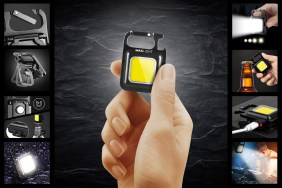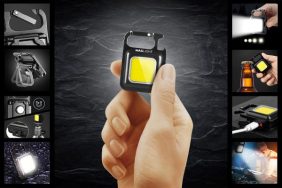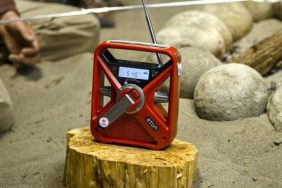Photo: Heritage Images (Getty Images)
Unlike Europe, in the USA, the automatic transmissions in vehicles is the standard. Whether it’s because we’re generally lazier, our fuel is cheaper or simply have a lot more confidence in the double clutch automatic system, we don’t know. However, many true car-lovers claim that the only proper way to drive a car is with a stick shift and manual transmission. It is said that this gives you a better feel of your vehicle, but there are also other benefits to it. Besides having greater control over your car, the manual transmission is also much cheaper and more reliable than the automatic. Of course, driving a car with a manual transmission requires some conscious effort and practice, but fear not, we’re here to show you the best way to learn how to drive a stick shift. Take a look.
Using the Clutch
Regular American cars that don’t use a stick shift have only two pedals, brake, and gas. The manual transmission cars have an extra pedal, all the way to the left, called the clutch. What clutch does is it cuts off the power transmission from the engine long enough for you to change the gears smoothly. Since all cars are different, it’s always a good idea to practice and get the feel for the clutch’s sensitivity. You should always hold down the clutch completely when changing a gear, but over time, you’ll get a better understanding of its sensitivity. Disengaging the clutch before your gear change is complete can damage your engine and cause various other problems, so make sure you take your time with it.
Learning the Gears
Most of the manual transmission cars have 5 gears, as well as a reverse. They are all activated through different positions of the stick, which is written on its head. That being said, you shouldn’t really rely on what is written. Instead, you should learn the positions by heart and how to get to them. It is fairly easy, though. You employ the first gear if you move your stick left and up, for second gear left and down; third gear is simply up, while the fourth gear is opposite from it – down; and finally there is the fifth gear, which is right up and the reverse gear – right and down. Most of the time, you will be in second gear, as you cruise around the town and go for casual drives. Keep in mind that the reverse gear generally shouldn’t be used for too long and can’t go too fast (usually it’s speed is similar to the first gear).
Knowing When to Change Gears

Photo: Tim Graham (Getty Images)
The next important step is knowing when it’s time to change the gears. Most of the time, this is done with the help of the sound. Experienced drivers can hear when the engine is struggling and demands a higher gear to keep up. If you’re just starting out, you can use the basic principle that isn’t all that precise but rather gives you a general guideline. Namely, you should change to second gear as soon as you hit 15 miles per hour and continue changing upwards for every next 15 mph. So, for example, you will change to third gear once you hit 30, fourth gear when you get to 45, and so on. Of course, in time you’ll see that these values are not set in stone, but just a basis for your future modifications. As for the sound, you’ll hear a rather loud grunting noise from your car if you’re not in gear, but the idea is to act before and prevent such problematic sounds.
Changing the Gears
While the actual process is not difficult to remember, it may take some time for you to master it and learn to do it subconsciously, but don’t worry, it will happen. So, if you want to change from one gear to next, you should at the same time ease up on the gas pedal and start pressing the clutch. The idea is to slowly get to the point where the gas pedal is completely released and the clutch is all the way down. At this point, you move the stick and change the gear. Keep in mind that you can’t skip gears, you need to do it sequentially, one up or down. Also, make sure you push the stick all the way to its position to make sure you’re in the gear. You’ll know you’re completely in when the stick can’t move anymore in that direction. As always, this will become much easier and more natural in time. Once you’ve done it, start releasing the clutch and increasing the gas. That’s it.
Practice
Ultimately, practice makes perfect. You’ll see as you go along that a lot depends on your feel of the car and the stick. When going in reverse, for example, sometimes you don’t need to hot gas at all. The gear, together with the right clutch work and brakes could do the work for you. Remember that you should only shift to reverse once you’re at a full stop. One of the greatest benefits of manual driving is the fact that you can slow down gradually, by downshifting and hitting the brakes. This is much better and safer both for your car and yourself. So, that’s about it. All you need to do now is get yourself a manual transmission car and practice.
Have you already tried driving with a stick shift? How do you feel about it?






